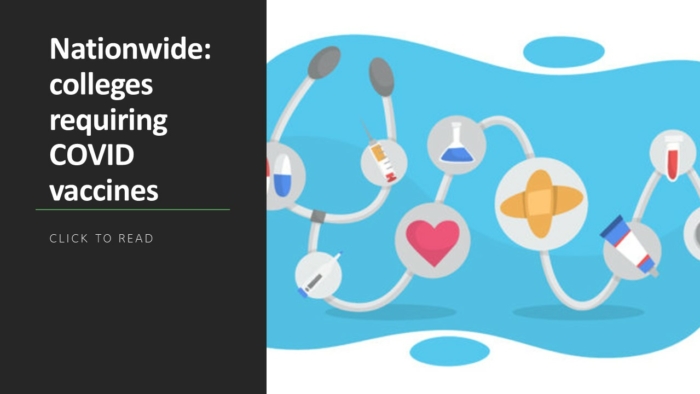Provosts and academic officers at two-year institutions rely heavily on traditional measures such as retention to address the health of their colleges, but holistic markers also have become key variables in gauging success.
One area getting a lot of attention, for example, are social justice initiatives. In the report “Moving the Needle on College Student Basic Needs” done by higher education service agency Ithaka S+R, nearly 60% of those leaders said they were “extremely important” to their institutions, up from around 24% in 2019.
With two-year colleges fighting for stronger enrollment and completion and still feeling the effects of the COVID-19 pandemic, Ithaka S+R noted that addressing student needs has become a priority. Yet, getting the data can be challenging because it is often “siloed” within student affairs departments and doesn’t run alongside key historic indicators.
All of the 128 provosts, chief academic officers and vice presidents of academic affairs who completed the survey (sent to more than 1,000 institution leaders) said graduation and retention rates were key indicators of success. But supporting basic needs (80%) and student health (75%) weren’t far behind.
“Despite this strong focus on traditional metrics, it is notable that more than two-thirds of provosts consider more holistic metrics — like those centered on housing or food security and wellbeing — to be highly important in determining student success,” the study’s authors, led by Melissa Blankstein and Christine Wollf-Eisenberg, wrote. “Eight in 10 rate basic needs fulfillment as highly important, while 63% rated student engagement, as equivalently critical to student success.”
Measuring success
Responses came from a variety of two-year institutions – small, medium and large – in October and December of 2020. The data the provosts and others collect throughout the year ultimately is critical for accreditation, funding and meeting their own goals.
Ithaka’s survey noted that most colleges use student affairs, academic affairs or a combination of both to track data that is then culled by institutional research and institutional effectiveness teams. For example, 61% said basic needs were handled by student affairs while 25% said they use both. For GPAs, 29% relied on academic affairs, 12% were done by student affairs and 48% were done by both. Institutions utilize student surveys to collect data, with more than 90% noting that those done with current students are far more accurate and impactful.
But are the ways they are collecting data effective in meeting student needs? From the survey, only 30% of leaders have “developed a comprehensive process for documenting student goals as defined by students themselves.”
When comparing 2019 to 2020, many of the objectives important to institutions are those traditional measures: increasing retention (87%), increasing graduation (80%), course completion and student learning (75%) and increasing enrollment (69%).
However, the most significant spike came around social justice initiatives, as noted above. Two other data points new in this year’s report – and ones that have become front of mind for students and institutions – are “developing workforce skills” (60%) and “accelerating the time to earn a certificate or degree” (44%).
Survey authors said those data inspired one provost to remark, “there is more understanding of the influence of life outside of the classroom to learning inside of the classroom.” In fact, nearly 80% of those polled said targeting those areas not only helps students but also can lead to “funding incentives” for institutions.
Most college leaders (75%) said they are “extremely or very interested” in metrics that affect students outside of their academic lives, such as wi-fi and technology, food insecurity and finances, but those who were also tended to be from larger and medium-sized institutions. Many would like to see further disaggregated data on race and ethnicity, socioeconomic status and first-generation student numbers.
So, what’s holding them back from getting the necessary data necessary?
More than half cited a lack of human resources within IR/IE departments. More than 40% saidthey just don’t have the data infrastructure. A third said they don’t have the “capacity to incorporate and analyze new metrics.”
“A possible step in expanding data collection processes, given these limitations, is to review currently collected indicators of holistic student success, reduce duplicative data collection across different departments, centralize where data are stored, and make these unified data available to faculty and staff across the college,” Ithaka S+R authors noted in the report.



